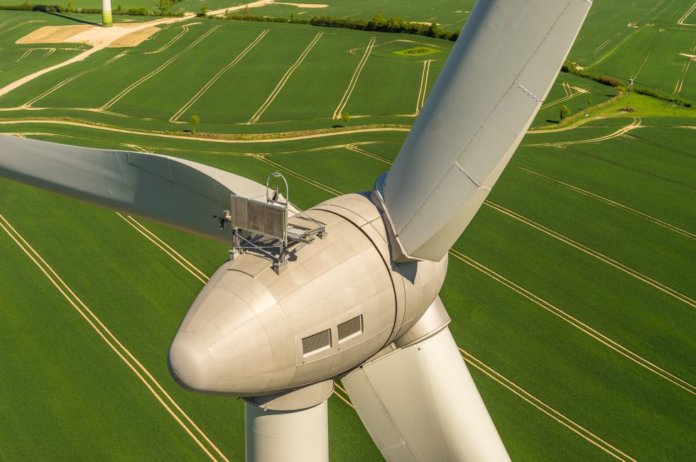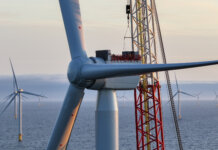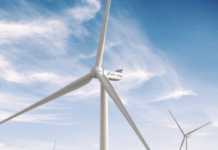Expanding at a compound annual growth rate (CAGR) of 8.9%, the wind turbine materials market is likely to almost double, reaching $19.57 billion by 2026 from $10.76 billion in 2019.
“With the increasing population and economic development, global energy demand is rising rapidly. Many countries across the globe have been experiencing an energy gap, which is being broadened by the deliberate depletion of fossil fuels,” says Sayantan Sengupta, visionary science research analyst at Frost & Sullivan.
“These factors call for transforming the world’s traditional energy system with the uptake of energy-efficient renewables. In turn, this is expected to enhance the investments in the renewable energy sector, such as wind power, thereby driving the demand for both structural and non-structural materials,” adds Sengupta.
Frost & Sullivan’s recent analysis, Global Wind Turbine Materials Market, Forecast to 2026, covers global market trends, including market drivers and restraints, regional technology trends and key market participants. APAC, divided into India and the rest of APAC, will continue to lead the market for both structural and non-structural materials due to the rapid development of the region’s wind energy sector.
The Middle East, Africa, Latin America, Russia and Turkey are expected to be the fastest-growing wind turbine materials markets, with increasing government spending and favorable policy targets for wind energy deployment in these regions.
Uncertain government policies and inconsistent incentives and tariff rates along with the scarcity of infrastructure for wind energy transmission are likely to restrain the growth of the wind turbine materials market. However, original equipment manufacturers’ focus on innovation and product enhancement within existing material chemistries is expected to unlock tremendous growth opportunities.
For further information on Frost & Sullivan’s wind turbine analysis, click here.




